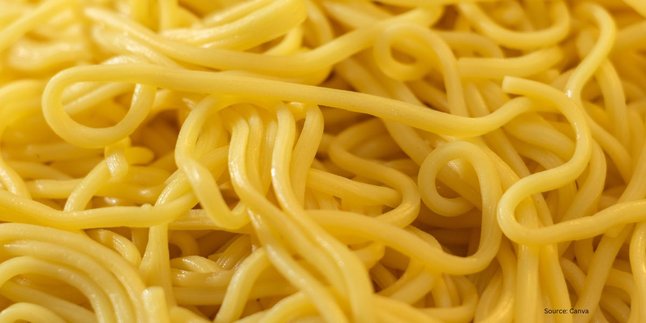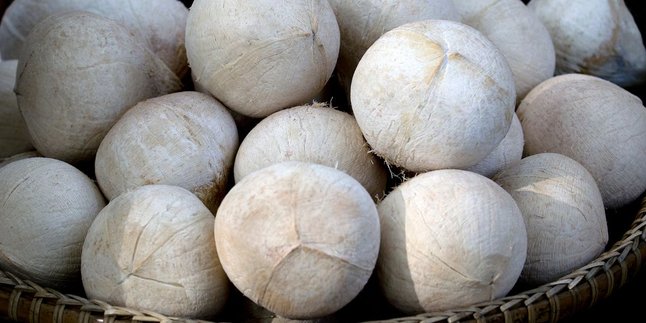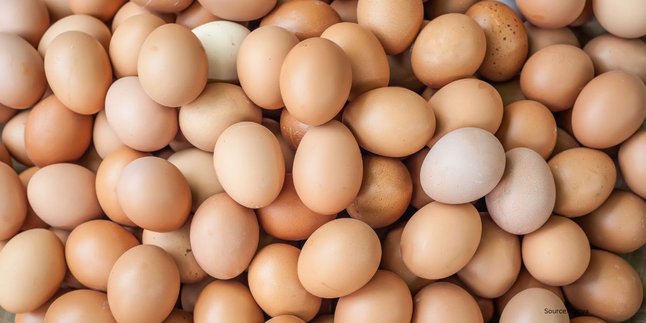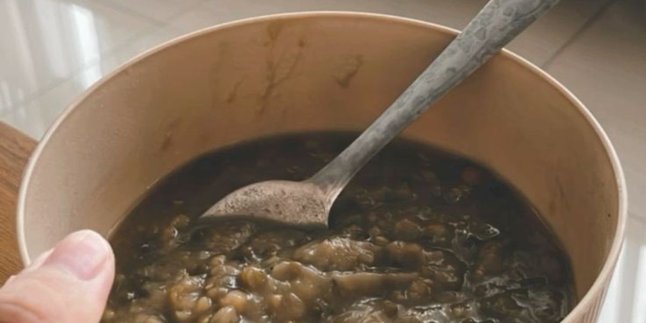Kapanlagi.com - In recent years, the trend of selling seafood satay on the streets has skyrocketed and become a favorite among the public. Who can resist the deliciousness of this snack? Frozen seafood products such as crab sticks, fish balls, and cheese fish dumplings have become highly sought after, thanks to their delightful taste and soft texture.
However, behind its popularity, there are challenges that must be faced in the processing of seafood satay, particularly the issue of spoilage. A vendor who shared their story on the TikTok account @neptunusfrozen revealed their shocking experience: the seafood satay they sell can develop slime in just two days! This has become a significant concern for sellers and consumers who love this delicious dish.
1. Challenges in Selling Seafood Satay
Processing and selling seafood skewers is indeed not an easy task. One of the biggest challenges is the risk of spoilage that lurks when the product is left at room temperature. According to blendofbites.com, processed meats, including fish, contain high levels of saturated fats that can trigger mucus formation. If not handled properly, this spoilage can be marked by the appearance of mucus and a sour taste, which is certainly dangerous and can lead to food poisoning. Therefore, proper handling is key to maintaining the quality of seafood skewers.

The experiences of traders show that the correct methods of storage and processing are crucial for ensuring that seafood skewers remain safe for consumption. One trader explained, "If those selling their goods use plastic mika like this, they will definitely be going back and forth to the freezer. However, no matter how you try to manage it, within two days, the skewers will start to become sticky and taste sour." This is an important reminder for sellers to always maintain product quality for the health of consumers.
2. Tricks to Reduce Slime on Seafood Satay
To tackle the slime issue that often bothers seafood satay, a vendor shares a great trick worth trying! The method is quite simple: soak the seafood satay in boiling hot water. This method not only reduces the slime that sticks to the surface of the seafood but also helps to lessen the sour taste that sometimes appears. Be sure to flip the satay several times for optimal results!

Not only that, this soaking process also helps to extend the shelf life of the seafood satay, making it safer to enjoy. However, there is one thing to remember: seafood satay that has been soaked should be consumed within one day to prevent the slime from returning. With this trick, you can enjoy seafood satay that is more delicious and tasty!
3. Responses and Solutions from Netizens
This video, which has been viewed more than 795 thousand times, has attracted a lot of attention from netizens, who provided various comments and additional tips to extend the shelf life of seafood satay. Some users shared tips such as using a dedicated freezer for frozen food, as well as adding spices to the marinade to reduce sourness.
"In the past, I also experienced the same thing while selling, so it's important to share effective tricks," said one user. By sharing information and experiences, it is hoped that traders can overcome these challenges and maintain the quality of their products.
4. Benefits of Fresh Seafood Satay
Appetizing seafood satay is not just a delicious dish, but also rich in health benefits. With its high protein and omega-3 content, seafood plays an important role in maintaining our heart and brain health. Additionally, the practical presentation in the form of satay makes it even more appealing, especially for children who often find it difficult to consume healthy food.
By choosing fresh raw materials and applying the right processing techniques, seafood satay can be a healthy alternative to street snacks. Always ensure to select quality products and pay attention to storage methods to keep freshness and flavor intact. Enjoy a delicacy that not only delights the taste buds but also supports body health!
5. The Importance of Cleanliness in Seafood Satay Processing
When serving tempting seafood satay, cleanliness is the key factor that should not be overlooked. Ensure that all equipment, from skewers to storage containers, is clean and sterile. By doing this, we can prevent the risk of contamination that can ruin the enjoyment of the dish. Maintaining cleanliness not only protects health but also ensures that the flavors of the food are well preserved.
By paying attention to every detail, both vendors and consumers can experience the satisfaction of seafood satay that is not only delicious but also safe to enjoy. Discipline in maintaining cleanliness and applying proper processing techniques will greatly affect the final quality of this dish. Let us enjoy seafood satay with peace of mind, knowing that every bite is a combination of enticing flavors and guaranteed safety.
6. Questions and Answers About Seafood Satay Storage
What causes spoilage in seafood satay? Spoilage in seafood satay is usually caused by improper humidity and temperature, which triggers bacterial growth.
7. How to reduce slime on seafood satay?
Soak seafood satay in boiling hot water and flip it to reduce slime and sour taste.
8. How long should soaked seafood satay be consumed?
Soaked seafood satay should be consumed within one day to remain safe for consumption.
9. Are there special storage methods for seafood satay?
Using a freezer specifically for frozen food is highly recommended to keep seafood satay longer and prevent it from getting slimy.
10. What additional tips do netizens have to keep seafood satay fresh?
Some netizens recommend using a special cooler and adding spices to the marinade water to keep seafood satay fresh.
(kpl/mnd)
Disclaimer: This translation from Bahasa Indonesia to English has been generated by Artificial Intelligence.














